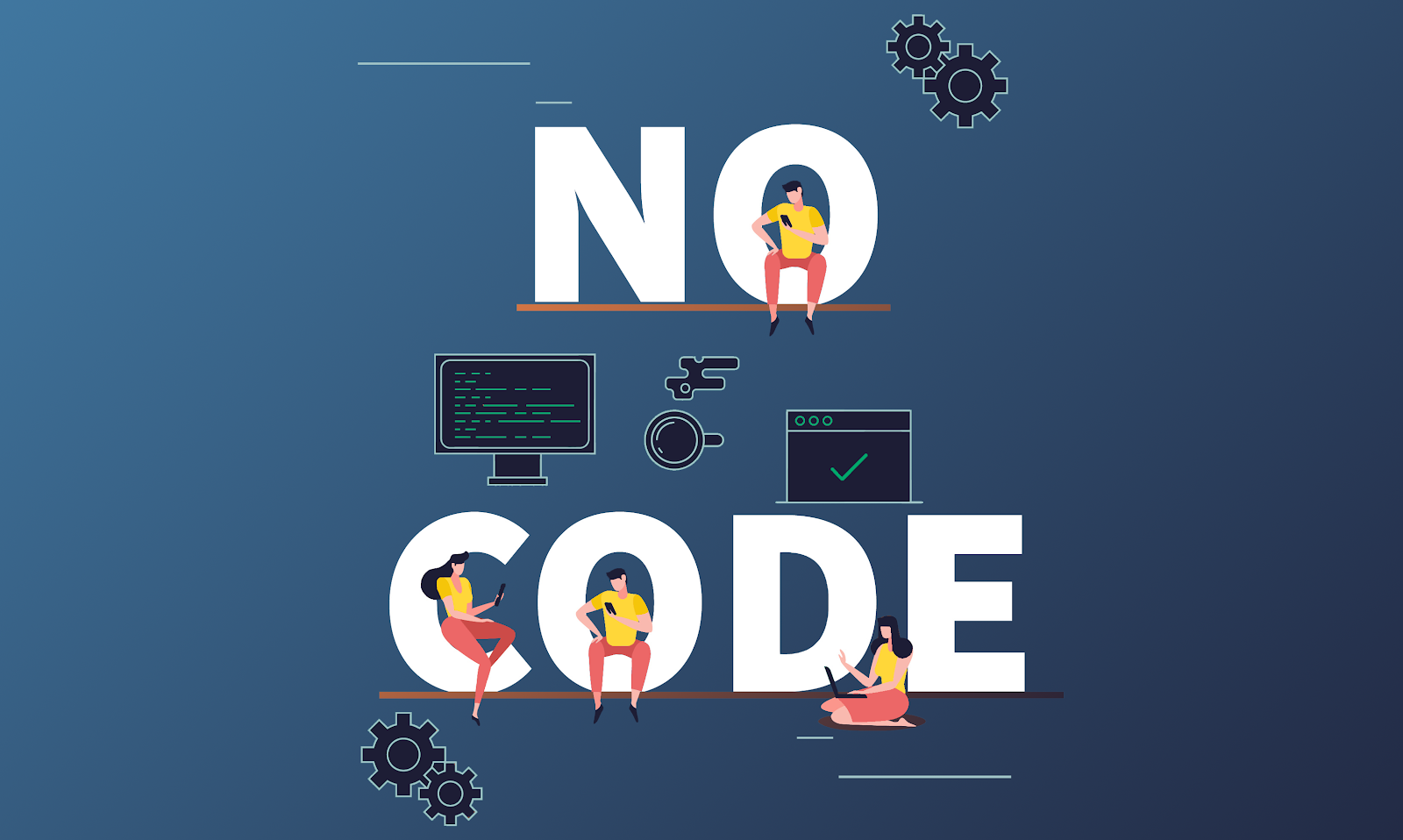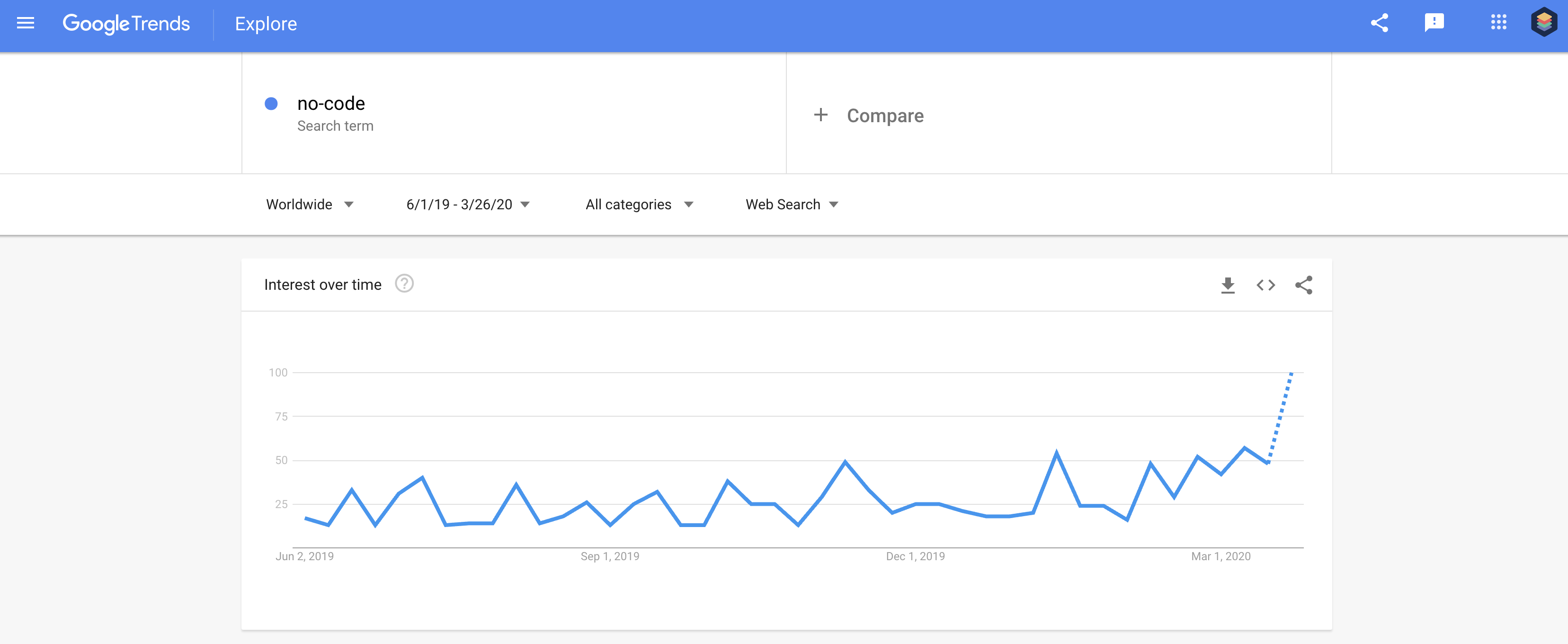No-Code Solutions for Open Platform Data Source Production: Construct Without Coding Abilities
No-Code Solutions for Open Platform Data Source Production: Construct Without Coding Abilities
Blog Article
Discover Just How Scalable Databases Can Be Utilized Without Coding to Improve Your Service Operations
In today's busy business environment, the capacity to take care of and assess information efficiently is paramount. Scalable databases, particularly when coupled with no-code solutions, offer a transformative technique that empowers non-technical individuals to simplify procedures. By using tools that need no coding expertise, organizations can enhance their functional capacities while minimizing reliance on IT sources. The genuine concern lies in understanding exactly how these remedies can be tailored to certain business demands and what possible obstacles may arise in their execution. Exploring these facets can light up the path to operational quality.
Recognizing Scalable Data Sources
Scalable data sources are essential for modern service procedures, enabling organizations to successfully manage raising volumes of data without sacrificing performance. These databases are created to adjust and grow to the altering needs of a company, making certain that they can take care of larger datasets and more complex queries as organizational requirements evolve.
Comprehending scalable databases entails acknowledging their 2 main kinds: vertical scaling and straight scaling. Vertical scaling, or "scaling up," entails including more power (CPU, RAM) to an existing web server to boost performance. Conversely, horizontal scaling, or "scaling out," requires including more servers to distribute the load, which usually leads to higher adaptability and mistake resistance.
An additional crucial element is the style of scalable data sources, which can be either non-relational or relational. Relational data sources, such as MySQL and PostgreSQL, are structured and use SQL for queries, while non-relational databases, like MongoDB and Cassandra, provide even more adaptability with disorganized information.
Eventually, understanding scalable databases is crucial for businesses intending to leverage data as a tactical asset, enabling them to continue to be affordable in an increasingly data-driven environment.

Benefits of No-Code Solutions
Opening the potential of no-code services empowers services to enhance procedures and improve performance without the demand for comprehensive shows expertise. These platforms allow non-technical users to produce, modify, and handle data sources effortlessly, therefore equalizing access to technology across groups.
One of the main advantages of no-code remedies is their speed of implementation. Companies can promptly release applications and automate procedures, considerably reducing the time spent on growth cycles. This agility enables organizations to react immediately to market adjustments and client demands, cultivating an one-upmanship.
Additionally, no-code platforms lower reliance on IT departments for day-to-day jobs, allowing technological teams to concentrate on more complex jobs that call for specialized abilities. This change not only optimizes source allotment yet also advertises innovation within the organization.
Cost-effectiveness is another advantage, as no-code options can decrease advancement and maintenance expenses. By decreasing the need for coding experience, companies can harness the capacities of their existing workforce without the overhead of employing extra workers.
Popular No-Code Database Devices
The increase of no-code services has resulted in the appearance of numerous data source tools that satisfy businesses looking for effectiveness and access. These tools equip individuals with restricted technological expertise to create, handle, and adjust databases effortlessly.

Caspio stands out for its capability to build web applications without any coding. It enables services to produce robust data sources and deploy applications swiftly, dealing with numerous industry demands. Knack supplies easy to use user interfaces and effective information administration capacities, enabling organizations to develop custom-made applications tailored to their operations.

Usage Cases in Organization Workflow
Exactly how can companies take advantage of database tools to boost their operations? Scalable data sources supply companies with powerful abilities to take care of and assess data without the requirement for comprehensive coding knowledge. These tools can enhance different organization processes, ultimately resulting in improved performance and efficiency.
One popular usage like this case is customer partnership management (CRM) Organizations can use scalable data sources to track client interactions, preferences, and responses, making it possible for individualized communication and better service. By centralizing this info, groups can collaborate a lot more successfully and reply to customer requirements in real-time.
One more significant application is supply monitoring. Business can utilize no-code data source devices to keep track of stock levels, track shipments, and projection demand. This makes certain optimum supply levels, reduces waste, and decreases stockouts.
In addition, job management can benefit from scalable data sources by enabling teams to handle jobs, deadlines, and sources in a linked system. With real-time updates and data visualization, task supervisors can make enlightened decisions.
Getting Going With Execution
Implementing scalable data sources view it in organization operations calls for an organized method to ensure successful assimilation and application. The very first step is to perform a comprehensive requirements assessment, determining particular company demands, information types, and expected development patterns. This foundational understanding will direct the selection of the suitable database option.
Following, pick an easy to use, no-code data source system that straightens with your operational goals. no-code. Several modern solutions use intuitive user interfaces, allowing non-technical users to handle data efficiently. After choosing a system, develop a clear information style that details exactly how information will certainly be organized, accessed, and kept
Training is vital; guarantee that staff member are furnished with the needed abilities to use the database. Think about providing workshops or tutorials to familiarize team with the system's capabilities.
Final Thought
Finally, the integration of scalable data sources through no-code solutions presents considerable benefits for organization operations. These platforms equip non-technical users to efficiently take care of and examine information, promoting enhanced decision-making and collaboration. By taking on devices such as Airtable and Notion, companies can reduce and streamline processes dependence on IT sources. Eventually, leveraging these technologies can result in boosted performance and operational effectiveness, placing organizations for sustained development in an affordable landscape.
One popular no-code data source tool is Airtable, which combines the performance of a spreadsheet with the power of a database.Exactly how can businesses leverage database devices to improve their procedures? Organizations can utilize scalable data sources to track consumer interactions, choices, and comments, making it possible for personalized communication and far better click for more service.Carrying out scalable databases in business procedures needs a structured technique to make sure successful assimilation and use.In final thought, the integration of scalable data sources through no-code remedies presents substantial advantages for service procedures.
Report this page